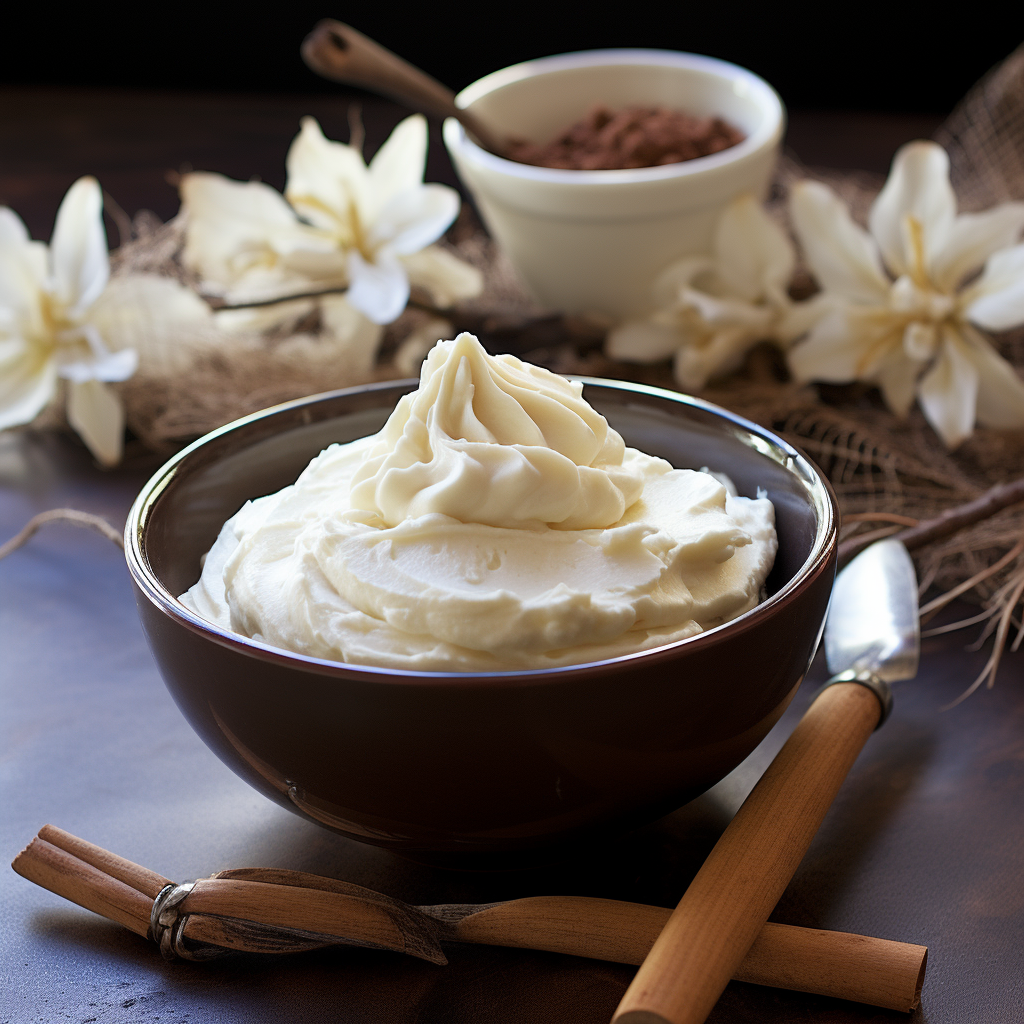In winter, when cold temperatures and low humidity levels can lead to dry and dehydrated skin, it’s crucial to switch to a heavier moisturizer to provide extra nourishment and protection. A rich, emollient moisturizer helps create a barrier on the skin’s surface, preventing moisture loss and shielding against harsh environmental conditions. Look for ingredients like hyaluronic acid, shea butter, or ceramides to lock in hydration. On the other hand, summer calls for a lighter moisturizer to avoid feeling weighed down in the heat. Opt for oil-free and non-comedogenic formulations that still provide adequate hydration without clogging pores. These lighter options are absorbed quickly, leaving your skin feeling refreshed and allowing it to breathe, which is especially important during warmer months when excess sweat can contribute to breakouts. Adjusting your moisturizer with the changing seasons ensures that your skin receives the appropriate care year-round, promoting a healthy and balanced complexion.
Why do we use it?
We use a heavier moisturizer in winter and a lighter one in summer to adapt to the changing environmental conditions and the specific needs of our skin during different seasons. In winter, colder temperatures, low humidity, and exposure to indoor heating systems can lead to increased dryness and moisture loss in the skin. Therefore, a heavier moisturizer is employed to provide a more substantial barrier, locking in moisture and preventing dehydration. This helps combat the harsh effects of winter weather on the skin, keeping it hydrated and supple.

In contrast, during the warmer months of summer, high temperatures and increased humidity levels can make the skin feel oily and prone to breakouts. By switching to a lighter moisturizer, we ensure that the skin receives adequate hydration without feeling overly greasy. Adjusting our skincare routine based on seasonal changes helps maintain optimal skin health and addresses the specific challenges presented by different weather conditions.



Leave a Reply